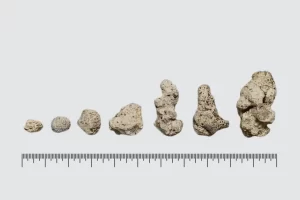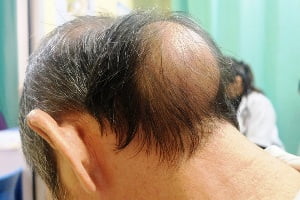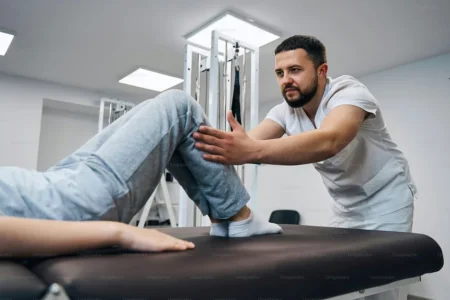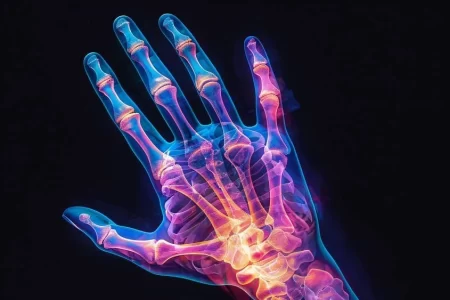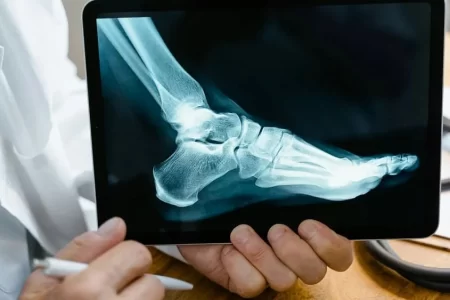Hammertoe is a commonly known foot deformation in which the toe joints bend, leading to excessive soreness. Traditional methods offer temporary pain relief, which includes orthotics and different medicated footwear for a shorter period of relief. On the other hand, some orthopedic surgeons suggest that surgical corrections are often more effective and necessary to treat more severe cases.
A few years back, metallic and polymer implants were being used in hammertoe surgeries for fixation. But now, in the current time, a whole new method known as bio-integrative implants is being introduced for reshaping the surgical fixation of deformed toes.
Modern fixation of hammertoes has taken a big step forward with intramedullary bio-integrative implants, like OSSIOfiber®.
If you are confused whether to invest in these implants for your hammer toe issue, the following are the 6 advantages that will make it clear to you why these are worth investing in for the longer period of time.
1. Naturally Integrate With Bones
These implants are made to merge naturally into the structure of your body’s bone, which is not the case when metal and permanent synthetic implants are used for surgery, which stay there for an indefinite period and later on require surgery for removal. Bio-integrative implants are made up of magnesium alloys, composite ceramics, and polymeric materials, which are bioresorbable, able which be absorbed or dissolved over time in the body and replaced by natural bone tissue.
This biological incorporation in the body reduces the level of complication rate for long-term and eliminates the chance of a secondary surgical procedure. Which means smoother and peaceful recovery for the patients and a reliable solution for an extensive period of time.
2. Lower the Risk of Implant Removal
The biggest issue with the traditional implants is that they require a second surgery sometime for removal of hardware, sometimes irritate the patient, which requires surgery; these factors not only put financial pressure on the patients but also increase the risks of infection, nerdamagenge and more delayed recovery.
On the other hand, bio-integrative implants absorb over time, which allows you to skip the surgical removal process. Due to which this process is a more ideal choice for hammertoe patients, especially for people with more older age, as multiple surgeries affect your immune system and overall health.
3. Better Biomechanical Support
Advanced bio-integrative implants are made to have high mechanical performance and strength, so that the implants can provide the amount of support that is needed during the critical healing post-surgery period.
Though short-lived in the body, they exhibit structural stability at a level expected from metallic implants, vital to realigning the toe as well as healing the soft tissues and bone.
Bio-integrative implants provide this level of biomechanical reliability, which guarantees surgeons don’t have to trade performance, and patients benefit from solving the problem with dissolvable solutions.
4. Low Risk of Infection and Inflammation
When mental implants are used in surgery, there i are high chance of getting an infection as they set off an immune response in the body or can be home to bacterial biofilms. Whereas bio-integrative materials are more biocompatible and less likely to react within the body.
Its components are mostly anti-inflammatory and designed in a way that they degrade properly and safely to reduce the toxicityTherefor, before patients who choose the latest method for fixation of hammertoes, like bio integrative implants, suffer from lower infection rates, inflammation, and fewer allergic reactions. Which adds up to a quick and smoother recovery. Because in foot surgeries, the risk of wound healing problems already exists, so this aspect is very important to notice while making decisions.
5. Improved Patient Comfort
Adjacent to a metal implant inside the body, with any type of psychological and physical discomfort that follows, is something that’s a concern to patients. This anxiety is reduced and with peace of mind that the body will revert to its natural state of the body eventually, with bio‐integrative implants that disappear with time.
Further, since these implants do not need to be removed, patients have shorter recovery times and fewer clinic visits and overall are happier with the surgical outcome.
6. More Sustainable and Personalized Healthcare
The trend towards sustainability, less invasive care, and patient-centered care drives the shift towards sustainable, bio-integrative implants. Surgeons can tailor treatment plans that are naturally absorbed and more personalized according to individual healing needs and the immune system.
This also decreases the incidence of re operations and long term implant related complications (long term burden to the healthcare systems) in the long term. However, bio integrative technology is a very exciting product that I believe will make surgical procedures even less invasive and will improve the standard of care for patients with hammertoe or with other orthopedic conditions.
Conclusion
If you feel hammertoe discomfort and are going for surgery, make sure you think about all the possible treatments and consider all the aspects, including the benefits of bio-integrative implants. For patients requiring surgery, bio-integrative implants used in hammertoe fixation can lead to a quicker, safer, and more pleasant recovery. There is plenty of clinical evidence supporting their effectiveness, and so it is clear that bio-integrative implants are not a passing trend, they are the future of treating hammertoe, among other foot deformities.
